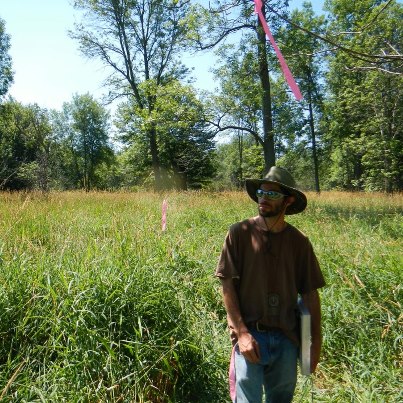Soon to be finishing up this summer’s wetland surveys. Two more sites left to do. Altogether not a bad summer to be working in wetlands; what with the once-in-a-lifetime drought and record-shattering heat, it is sure dry out there in the swamps. And while it’s hot, there are hardly any mosquitoes or flies; even fewer ticks. Plus, wetland survey work is not the most strenuous kind of field work. I’ve practically lost all my callouses. Although, I must say, I can dig a pretty mean soil pit in a pinch. I’ve gotten to know and appreciate the tools of the soil scientist – the ‘sharp shooter’ shovel, the post-hole digger, and the bucket auger. I’ve been learning a lot from the soil scientist on the crew. It’s been a real eye-opener, a chance to get a view of what’s below the surface – and to learn how to interpret it. There’s a thousand years worth of history in each shovelful. Occasionally we have found a gray, mealy layer buried below a couple feet of peat and muck – what the soil surveyors used to call ‘loon dung.’ I wondered how peat could be so gray. It isn’t plant remains, though, it’s an ancient lake-bottom accumulation of plankton. We’ve dug down into a post-glacial lake-bottom, and we got loon dung to prove it.
Wisconsin Woods and Water
ecology, botany, and wetlands

